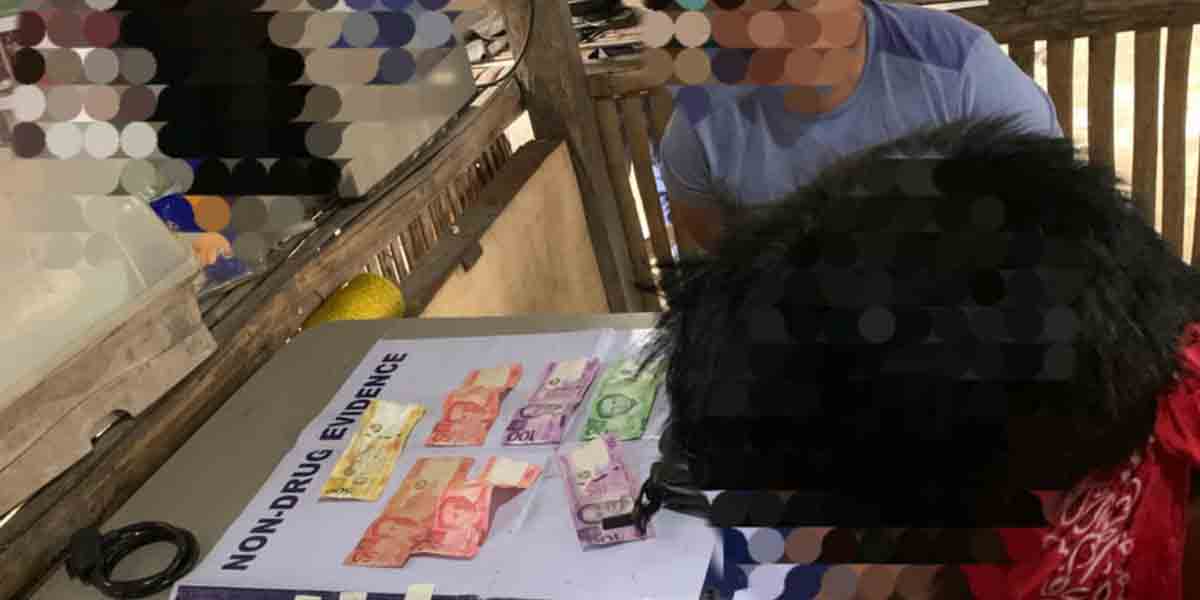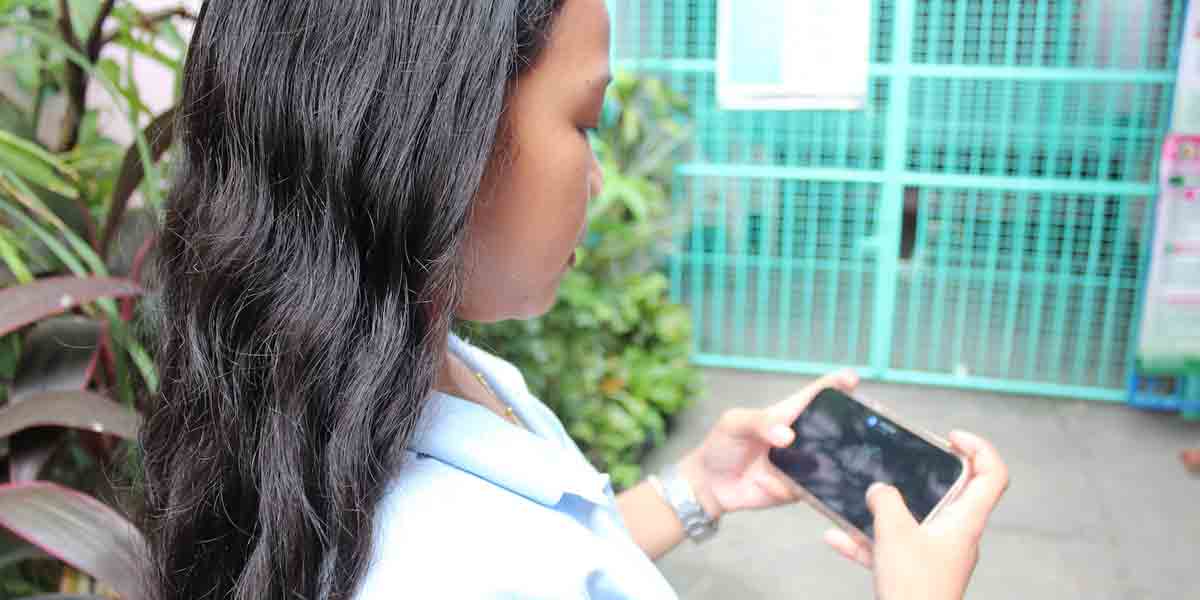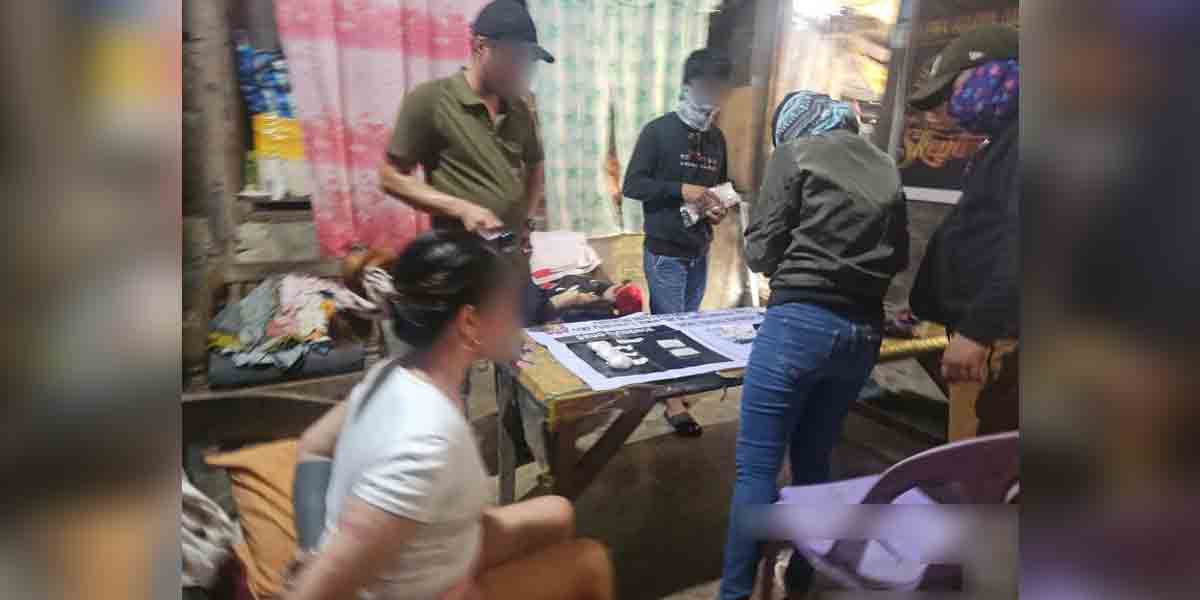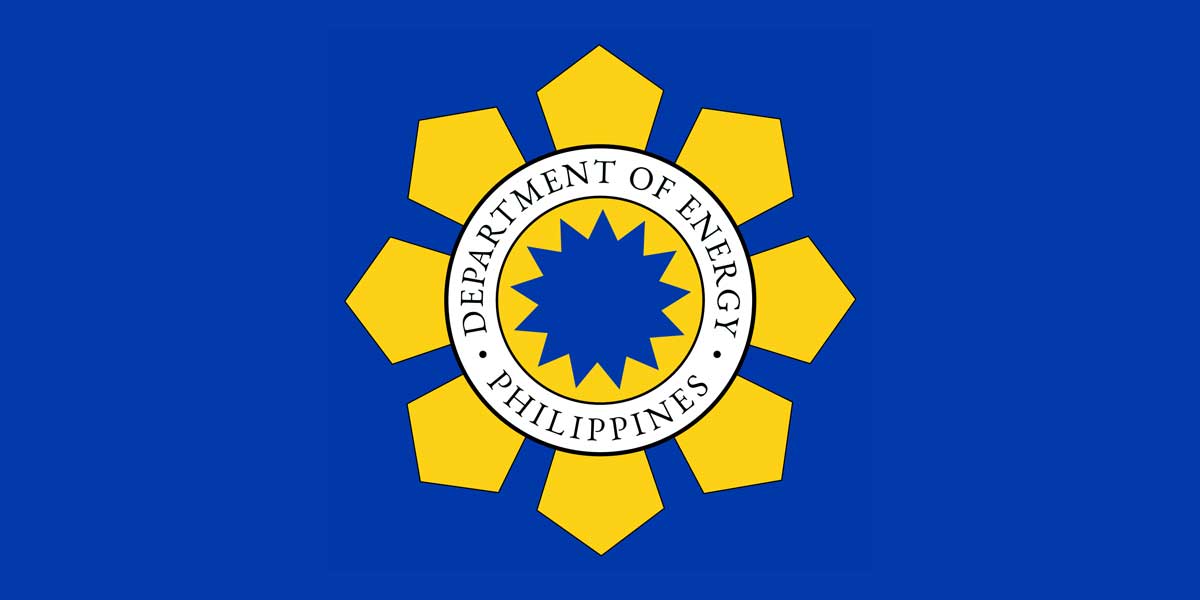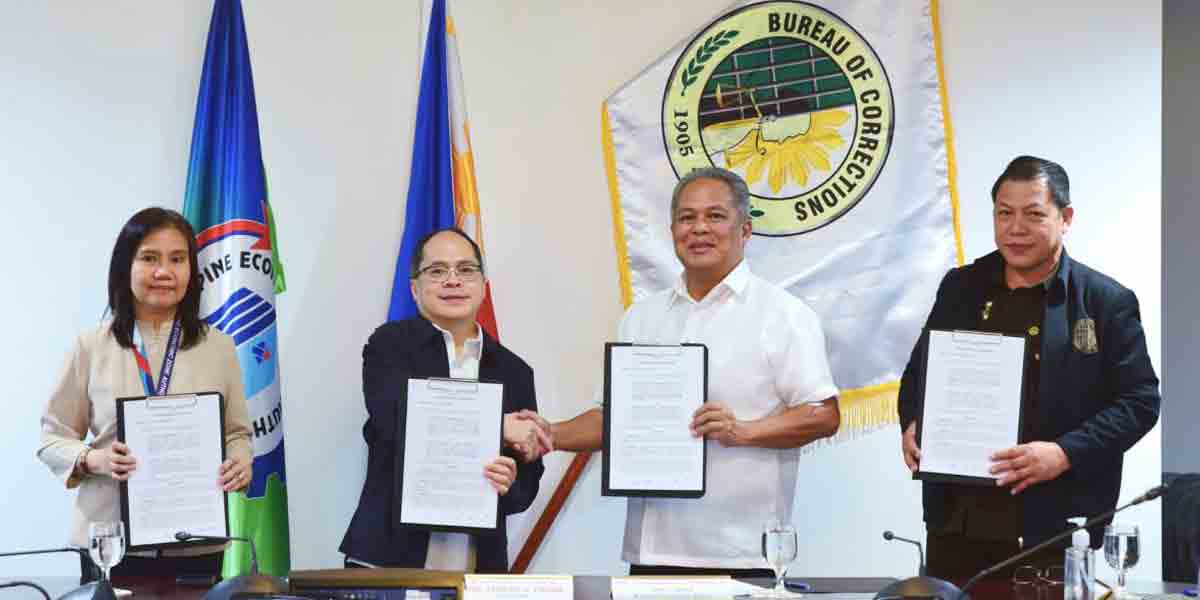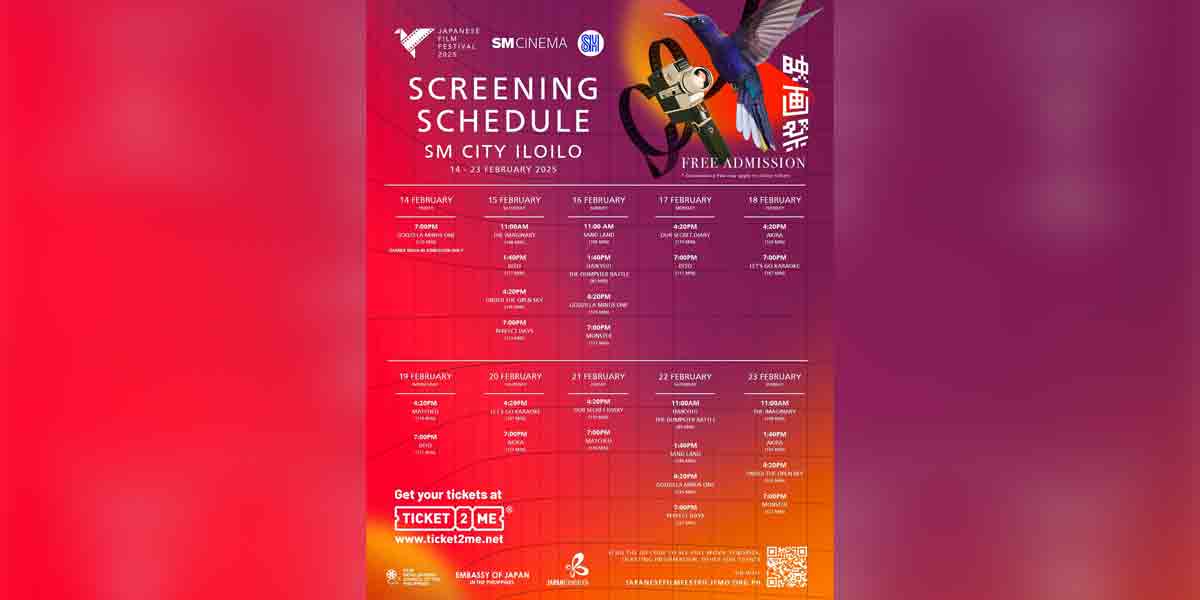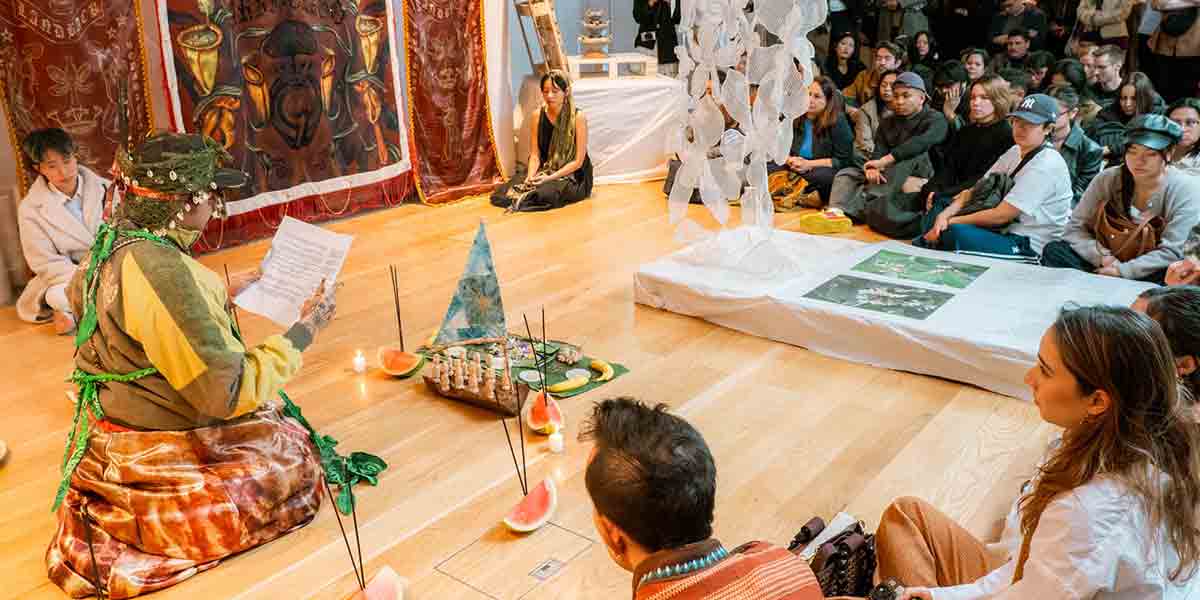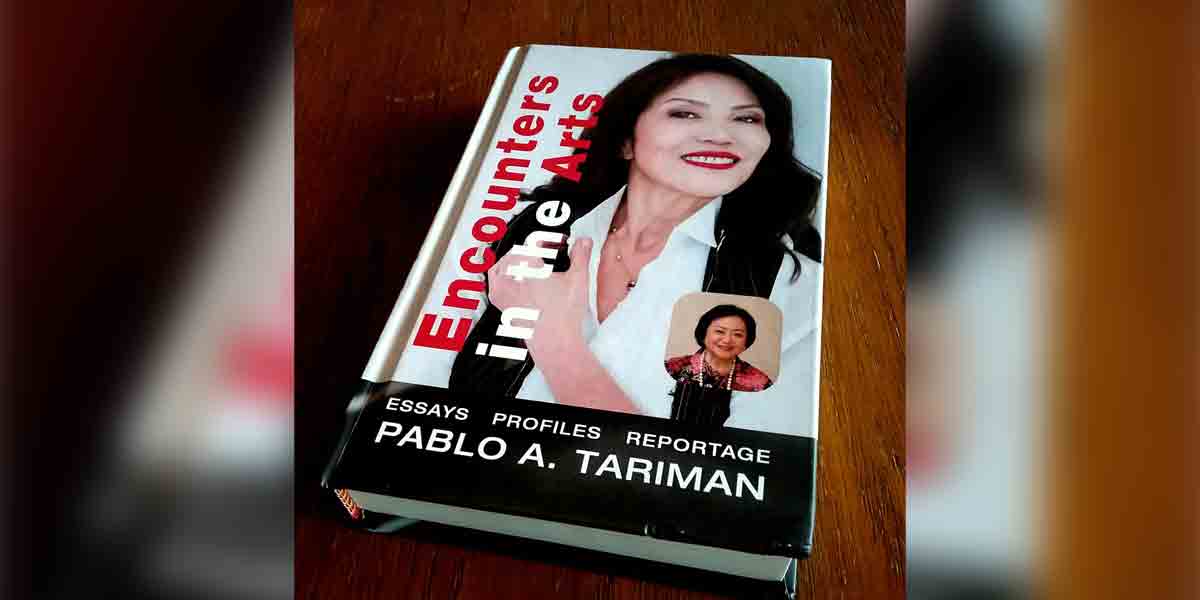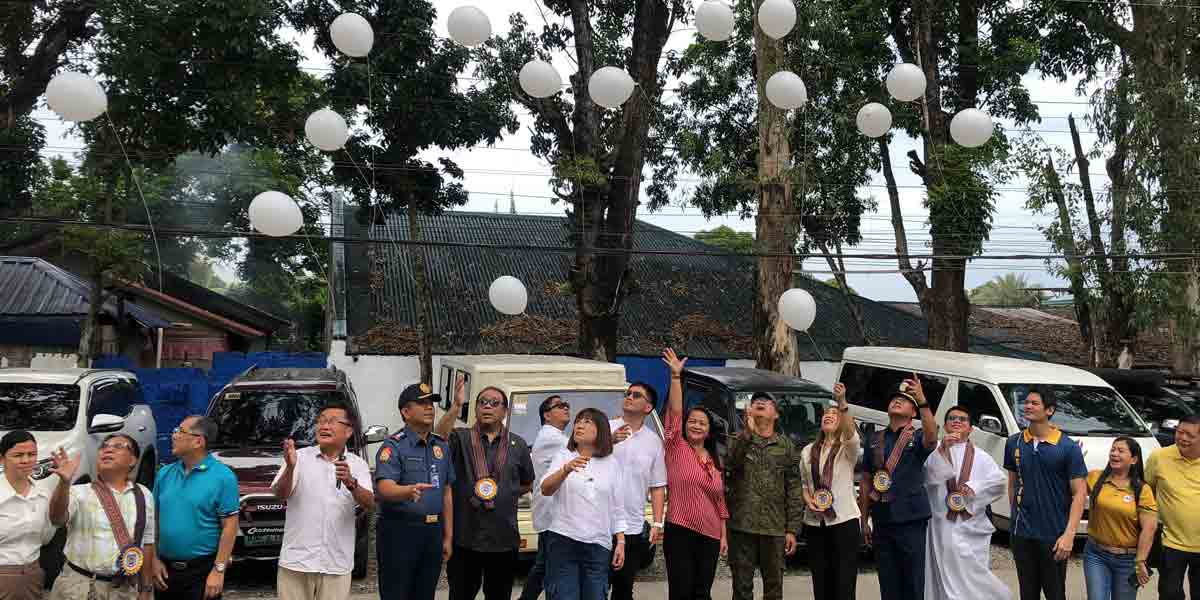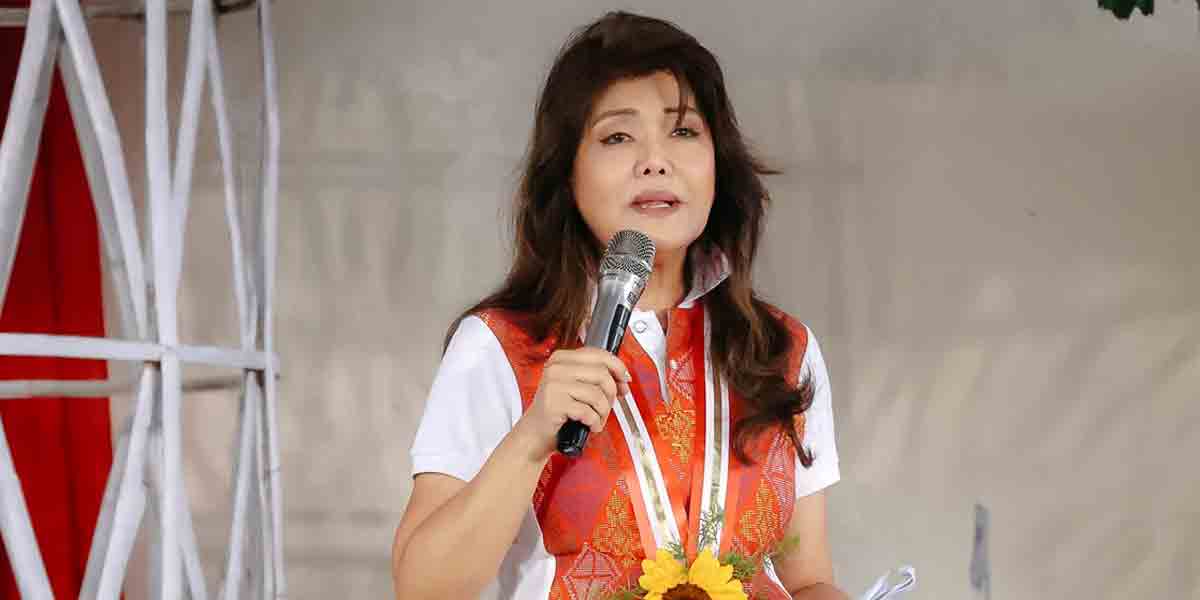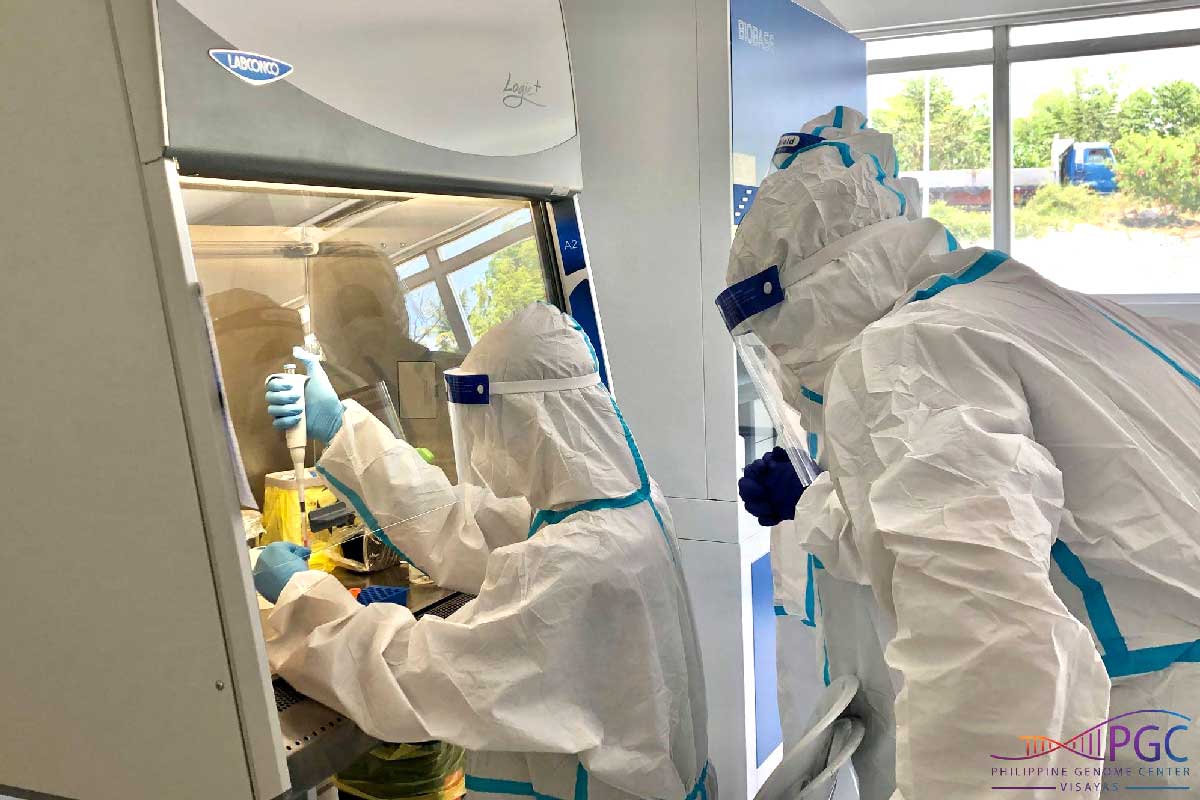
By Joseph B.A. Marzan
Genome sequencing is in the spotlight as multiple variants of concern or interest of the coronavirus disease 2019 (COVID-19) have been identified and confirmed globally since the pandemic broke out in 2020.
On Thursday, the Department of Health (DOH) confirmed the local transmission of the Delta (B.1.617.2) variant, which was first detected and confirmed in India.
The Iloilo provincial government also confirmed 30 COVID-19 cases of other COVID variants – 15 for Alpha variant (B.1.1.7), 14 for Beta variant (B.1.351), and 1 for Theta variant (P.3).
5 Alpha cases and 4 Beta cases were also confirmed in Guimaras on Thursday.
The Alpha variant was first confirmed in the United Kingdom, the Beta variant in South Africa, and the Theta variant here in the Philippines.
On July 16, the belated confirmation of 2 Delta cases in Pandan, Antique was cited as reason for placing the city and province of Iloilo under the restrictive Enhanced Community Quarantine (ECQ).
The Alpha, Beta, Delta, and Theta variants, as well as Gamma (B.1.1.248), which was first discovered in Brazil, are being closely monitored by DOH due to greater possibilities of infection and hospitalization.
COVID variants are determined by subjecting SARS-CoV-2, the virus that causes the disease, to genome sequencing.
Dr. Victor Marco Emmanuel Ferriols, Director of the Philippine Genome Center (PGC) Visayas at the University of the Philippines (UP) Visayas in Miag-ao, Iloilo, explained to Daily Guardian on Air Friday the process of genome sequencing in the context of the COVID-19 pandemic.
The PGC Visayas is a research office of the UP System that was established in 2019 as a branch of the PGC at UP Diliman. It aims to make genome and omics technologies available to the rest of the country.
The PGC in Diliman was first established in 2009 through the initiative of then-UP President Emerlinda Roman to prepare the country for pandemics in the light of the 2003 Severe Acute Respiratory Syndrome (SARS).
Ferriols explained that genome sequencing is the proper reading of a living organism’s “genetic code” or what is commonly known as the Deoxyribonucleic Acid (DNA).
The genetic or genomic code is made up of only four letters which represent its chemical bases: A (adenine), G (guanine), T (thymine), and C (cytosine). The combination of these letters or chemical bases dictates how an organism will look or act.
Ferriols said the PGC in Diliman is equipped with very powerful sequencing machines which read the genetic information of any organism.
“All living organisms have a template or [set of] instructions to follow on how to live, what they should look like, if they are healthy, how to adapt to the environment, and things like that. That is called the genetic code or DNA, and the only way for us to understand that DNA is to be able to read that properly, so we try to read that genetic code, and to do that, we do genetic sequencing,” Ferriols added.
He explained that mutations in Delta variants’ spike proteins have caused it to be more virulent than other COVID-19 variants.
Members the coronavirus family have sharp bumps that protrude from the surface of their outer envelopes. Those bumps are known as spike proteins. They’re actually glycoproteins which contain a carbohydrate (such as a sugar molecule).
Spiked proteins are what give the viruses their name. Under the microscope, those spikes can appear like a fringe or crown (and corona is Latin for crown). (https://www.sciencenewsforstudents.org/article/explainer-what-is-a-spike-protein)
Ferriols cited a study that came out Thursday which suggested that the Delta variant replicates faster in the human body compared to the Alpha and Beta variants, based on comparisons of viral loads.
But why does a virus have many variants in so short a time?
Unlike humans who mutate (change in genetic code) over several decades, Ferriols explained that viruses can modify their genetic codes in just hours.
“One of the factors why the Delta variant is more highly contagious is because there were mutations in their spike proteins, which is the part of the virus interacting with human cells. There are mutations in the spike protein in the Delta variant that are a little bit different from the mutations present in the Alpha and the Beta variant, affecting the ability of the virus to stick to the cells in the body,” he said.
Ferriols emphasized that preventing and controlling the spread of COVID-19 is the primary way to stop the further development of new variants. Among the strategies he cited are vaccination and observance of minimum public health standards such as wearing of face masks and physical distancing.
He said that determining the last COVID variants would be “difficult to say”, citing the low levels of vaccinations in the country and worldwide. In short, we can expert more variants to surface if the ideal protection of the populace via vaccines is not reached.
He added that the naming of new variants would depend on the World Health Organization, and the code assignments depend on either the global science initiative Global Initiative on the Sharing of All Influenza Data (GISAID) or the software tool Phylogenetic Assignment of Named Global Outbreak Lineages (PANGOLIN).
“The only way that we could prevent the occurrence of new [COVID] variants is if we could effectively control the spread of the disease and reduce the number of hosts. If we reduce the number of people infected with the virus, we also reduce the chances of the virus mutating into other variants,” Ferriols said.
CONFIRMATION CHALLENGES
In a virtual townhall meeting hosted by the DOH central office and the DOH Western Visayas Center for Health Development, PGC Diliman Director Dr. Cynthia Saloma explained their process of determining the variants as well as the challenges that come along with it.
One of the chief concerns in relation to COVID variants in the country was the lead time for confirmation, which the DOH said is around one month or even more.
The 2 Delta variant cases in Antique were confirmed for COVID-19 on May 29, but the samples were only sent to the PGC Diliman on June 11 and identified as variant cases on July 15.
The PGC Diliman is the sole laboratory doing confirmatory tests in COVID-19 patient samples to determine the presence of foreign variants. It is made up of a team composed of 20 personnel in Clinical Genomics, 12 in Sequencing, and 11 in Bioinformatics.
The sequencing process starts with swab sample collection from confirmed COVID-19 cases by the DOH Epidemiology Bureau and partner hospitals and institutions.
Fresh swab samples should be frozen in simple ice, while samples which have been collected for a longer period should be stored in dry ice, which Saloma called a “transport challenge”.
The swab samples are then sent to the PGC at UP Diliman for inspection and extraction of the ribonucleic acid (RNA) in a pressurized room, which Saloma described as the longest process.
After extracting the RNA, it is transcribed into Complementary DNA (cDNA), which is then sequenced by their machines.
Saloma, who is an Ilongg scientist, said the process of confirming COVID-19 variants was not the same as confirming the COVID-19 virus itself, which is done via Reverse Transcription-Polymerase Chain Reaction (RT-PCR) test.
She shared that one of the most difficult parts was getting the kits for sequencing, which are imported from San Francisco, California.
“I want to emphasize that not all specimens sent are sequenced, and we cannot do real-time sequencing like RT-PCR tests. This requires coordination [with the regions], and fresh samples should be in ice, but if time has been taken already, it has to be in dry ice. It requires a very experienced team. We’re also using a lot of our high-performance computers at the PGC,” Saloma explained.
She also shared that the PGC is planning to expand its sequencing capacity in PGC Visayas and PGC Mindanao at UP Mindanao in Davao City, both of which, she says, have been capacitated for COVID sequencing.
She cited a P59-million fund given to PGC Visayas for procurement of sequencing machines, while PGC Mindanao already has a smaller sequencing machine.
“Our target now is for [PGC Visayas and Mindanao] hopefully to have machines for surveillance for when emergency sequencing is needed. For those who want fast turnaround time, it is very imperative that we given capability. Researchers here have been trained in bioinformatics and library production for sequencing,” she said.
She also highlighted that the Philippines has the most sequences contributed in the Southeast Asian Region to GISAID’s global database with 5,305 genomes shared as of July 12.
The Philippines is followed by Singapore (3,420), Indonesia (2,918), Thailand (1,867), Malaysia (1,467), Cambodia (451), Vietnam (186), Myanmar (21), and Brunei (10).

